Buying Guide for the Best Camera For Vlogging Set
Choosing a camera for vlogging is all about finding the right balance between video quality, ease of use, portability, and features that make your content creation process smoother. Since vlogging often involves shooting on the go, you want a camera that is lightweight, easy to handle, and has features that support both video and audio recording. Think about where and how you’ll be filming—indoors, outdoors, handheld, or on a tripod—and let those needs guide your decision.Video ResolutionVideo resolution refers to the clarity and detail of the video your camera can record, usually measured in pixels such as 1080p (Full HD) or 4K. Higher resolution means sharper and more detailed videos, which is important if you want your content to look professional or if you plan to crop or zoom in during editing. For most vloggers, 1080p is sufficient and keeps file sizes manageable, but 4K is great if you want the highest quality or future-proof your content. Choose based on your editing needs and where your videos will be viewed.
Autofocus PerformanceAutofocus performance determines how quickly and accurately the camera can keep you in focus, especially when you move around or hold the camera at arm’s length. Good autofocus is crucial for vlogging because it ensures your face stays sharp without you having to adjust settings manually. Look for cameras with reliable face or eye detection autofocus if you plan to move a lot or film yourself frequently.
Audio Input OptionsAudio input options refer to the camera’s ability to connect external microphones, which can greatly improve your sound quality compared to built-in mics. Clear audio is just as important as video quality in vlogging, especially if you’re speaking directly to your audience. If you want flexibility to use different microphones or record in noisy environments, make sure the camera has a microphone input jack.
Flip ScreenA flip screen is a display that can be rotated or flipped to face you while recording, making it easier to frame yourself and check your appearance. This feature is especially helpful for solo vloggers who need to see themselves while filming. If you plan to record yourself often, a camera with a fully articulating or tilting screen will make your workflow much smoother.
Portability and WeightPortability and weight refer to how easy the camera is to carry and handle, which is important if you vlog on the go or travel frequently. Lighter and more compact cameras are easier to hold for long periods and fit into bags, but sometimes they may have fewer features. Consider how much you’ll be carrying your camera and whether you need something pocket-sized or don’t mind a bit more bulk for extra features.
Battery LifeBattery life indicates how long you can record before needing to recharge or swap batteries. Longer battery life means less interruption during filming, which is especially important for longer shoots or when you’re away from power sources. If you plan to record for extended periods, look for cameras known for good battery performance or those that allow you to use external power banks.
StabilizationStabilization helps reduce shakiness in your videos, making them look smoother and more professional, especially when filming handheld or while walking. Some cameras have built-in stabilization, while others rely on lens or digital stabilization. If you plan to vlog while moving or don’t want to carry extra equipment like gimbals, prioritize a camera with effective stabilization.
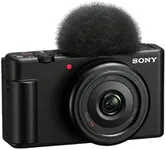
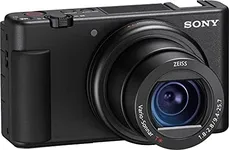

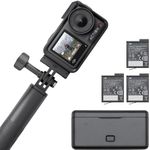
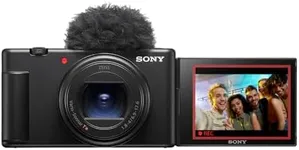
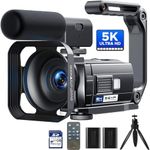



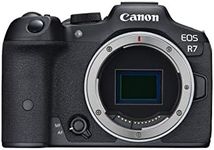

![Canon PowerShot Vlogging Camera [G7X Mark III] 4K Video Streaming Camera, Vertical 4K Video Support with Wi-Fi, NFC and 3.0-inch Touch Tilt LCD, Silver](https://images-proxy.bestreviews.guide/PmtaT7Hy_oAHRRXRHKuuND-qyQk=/0x150/https://m.media-amazon.com/images/I/41UX6h9obzL._AC_CX679_.jpg)


